The National Electrical Code (NEC), ANSI/NFPA 70 considers information technology equipment (ITE) installed in ITE rooms—more commonly called computer rooms—as special equipment. As described in Section 90-3, chapters 1 through 4 serve as the base requirements for special equipment except as further amended by chapters 5 through 7. For computer rooms and the ITE located within them, the requirements in chapters 1 through 4 are specifically modified by Article 645, Information Technology Equipment. In fact, the Scope [645-1] of Article 645 not only covers ITE located in computer rooms, but also covers power-supply wiring, equipment interconnect wiring and grounding of ITE in the same room, all of which will be discussed in this article.
Computer room constructions vary, but common features of most are self-contained HVAC systems, fire/smoke monitoring systems, automatic sprinkler or gaseous agent fire extinguishing systems, fire-rated walls, raised floors, under-floor wiring systems, and emergency power-off systems. Also, because of the critical nature of the 24 hr/7 day operation of most computer rooms, access typically is restricted to authorized personnel.
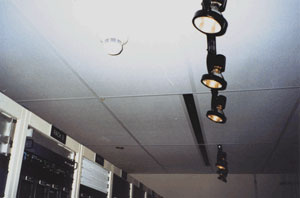
Photo 1. Dedicated HVAC in ceiling above information technology equipment, along with smoke detector
The intent of Article 645 is to allow for modification and, in some cases, relaxation of the general electrical wiring methods required by chapters 1 through 4 of the Code for special equipment installed in computer rooms, but only if the room complies with all the requirements in Article 645. In fact, Section 645-2 establishes special design conditions and use restrictions that a computer room must comply with in order for the use of Article 645 to be permitted. These conditions include:
- provision of power disconnect means in the room [645-2(a)];
- provision of separate heating/ventilating/air-conditioning (HVAC) system [645-2(b)];
- use of listed ITE [645-2(c)];
- occupancy limited to trained personnel [645-2(d)];
- separation of the room from other occupancies by fire-resistant-rated walls, floors, ceilings and protected openings [645-2(e)]; and
- construction of the room per the applicable local building code [645-2(f)].
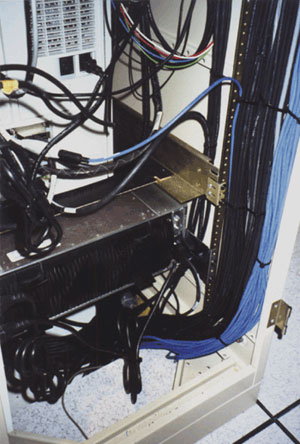
Photo 2. LAN cables, CAT-5, and inter-connecting cables to rack mounted equipment
Computer room constructions that do not meet the six conditions of Section 645-2 are required to comply with chapters 1–4 without modification.
[NEC Code Making Panel 12 (CMP-12), the CMP responsible for maintenance of Article 645, is considering a revision in the 2002 NEC to remove the condition [645-2(f)] requiring compliance of the computer room with the applicable building code since this condition, although valid, is non-electrical in nature.]
While the NEC is the installation code covering practical safeguarding of persons and property from hazards associated with electricity, the NFPA occupancy standard that often, but not always, is adopted by local jurisdictions as a companion set of requirements is the Standard for the Protection of Electronic Computer/Data Processing Equipment, NFPA 75. NFPA 75 establishes minimum requirements for the protection of computer rooms and areas from damage by fire or its associated effects, and considers such risk factors as threat of fire to occupants and property, life safety aspects of computer room function, and economic loss of equipment, function and records. An awareness of NFPA 75 is important for persons applying Article 645 because the Article 645 is extracted into NFPA 75 and NFPA 75 is mentioned prominently in the fine print notes (FPN) of Article 645. [See photo 1]
ITE Listing Requirements
Information technology equipment produced today generally is listed to either ANSI/UL 60950, Standard for Safety of Information Technology Equipment, or one of its predecessors, UL 1950 or UL 478. As part of the international and U.S./Canadian harmonization efforts, UL 1950 and UL 478 are being phased out in the U.S. and by 2005 will be replaced entirely by UL 60950. ANSI/UL 60950 is based on IEC 60950, the international standard for Safety of Information Technology Equipment, and is also harmonized with the Canadian Standards Association’s standard of the same name, CSA C22.2 No. 60950.
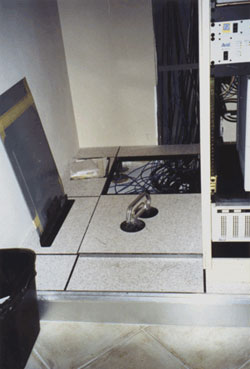
Photo 3. Raised floor for access to interconnecting cables and ease of reconfiguring systems
Manufacturers of ITE listed by UL are identified in UL’s Electrical Appliance and Utilization Equipment (Orange) Directory, typically in the product category for Information Technology Equipment Including Electrical Business Equipment (NWGQ). The General, or Guide Information [see sidebar] for this category describes the generic types of ITE listed to UL 60950. More importantly, it also describes special considerations associated with the installation and use of ITE. UL develops this guide information with authorities having jurisdiction (AHJs) in mind so that AHJs are able to efficiently determine any general installation considerations for listed ITE. This same information can also be found in UL’s General Information for Electrical Equipment (White) Directory, and in electronic format at Underwriters Laboratories’ website:http://www.ul.com/database/index.htm.
UL 60950 includes numerous requirements that originate from, or allow for installation of ITE in computer rooms in accordance with Article 645. These requirements can be grouped into several areas.
Supply Connections
For power supply connections to the branch circuit (designated the “a.c. mains supply” in IEC terminology), the wiring method associated with listed ITE typically will be either cord connection or field (fixed) wiring.
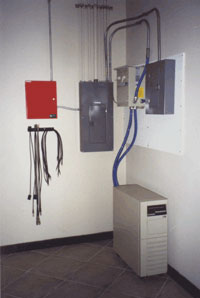
Photo 4. Typical UPS system and bypass switch. This UPS unit is not fixed in place
For cord connections, a common construction is listed flexible cord, typically Type SJ or SO, with a listed attachment plug assembled on one end and a strain relief bushing and internal terminations on the other end.
By nature of Section 5-2.2 of NFPA 75, power supply cords of listed ITE intended for use in computer rooms are limited to a maximum of 15 ft. (4.57 m) in length. This power supply cord length restriction is intended to encourage placement of under-floor receptacles near the equipment, allow for efficient interchange, and help prevent damage to the cord after installation.
For field-wired (fixed) connections, UL 60950 requires a wiring compartment that allows for proper connection in the field of the equipment to the a.c. mains (supply). The wiring terminals and location in the equipment are required to allow for inspection by an AHJ for proper connection in accordance with chapters 1-4 of the Code.
Since most ITE installed in computer rooms are continuous loads on the branch circuit, UL 60950 requires that conductors and power supply cords associated with the supply connection be rated no less than 125 percent of the marked rating of the ITE [645-5(a)]. For example, ITE with a power supply cord having an attachment plug with a 30 ampere configuration (e.g., NEMA L5-30) is required to have a marked electrical current rating for the ITE of no more than 24 amperes.
Interconnect Cables
Inside computer rooms interconnect cables usually are listed cable types (e.g., CL2, OFC, etc.). However, those cables actually shipped with the listed ITE may not necessarily be individually listed. Cables that are not listed generally are limited to 10 ft (3.05 m) or less in length and are individually evaluated as part of the listing investigation. In fact, they are considered part of the listed ITE. Although these cables may not be individually listed, they are required to meet minimum construction, performance and marking requirements specified in UL 60950.
For example, if an interconnect cable supplied with the ITE is not individually listed, the interconnect cable is restricted in length and, unless part of a limited power circuit, is required to be jacketed. Additionally, the cables are subjected to UL VW-1 flammability requirements and are required to have a marking or tag associating the cable with the listed ITE.
Cables not supplied with the listed ITE and that are selected at the time of installation of the equipment in the computer room are required to be individually approved by the AHJ at the time of installation. Most cables are added at the time of installation due to the wide variety of room sizes and configurations associated with computer rooms. [See photo 2]
Article 645 is structured so that interconnect cabling requirements are separated into above- [645-5(c)] and under-floor [645-5(d)] applications.
For above-floor applications any listed cable can be used if protected against physical damage and used per its NEC restrictions and listing. For example, listed Class 2 wiring that is routed above the floor is permitted for Class 2 applications if the circuits and installation are in accordance with Part C of Article 725.
However, it is more common for interconnect cables in computer rooms to be located under the raised floor. This type of installation allows for more flexibility routing the cables and for easier relocation of ITE within the computer room when needed. It also reduces potential trip hazards to personnel working in the computer room. Unfortunately, one implication of cables being permitted to be installed under raised floor is that unused cables tend to accumulate, in particular when formal cable management programs are not in place that require removal of cabling which is no longer being used. Accumulated cables become a concern due to increased fire load, reduced airflow and potentially impacted fire suppression.
For the year 2002 NEC, CMP 12 is considering whether to add a new requirement to 645-5(d) to specifically prohibit abandoned cables from being allowed to accumulate in underfloor areas of computer rooms. Any action will be correlated with CMP 16′s consideration of a similar requirement in Article 725.
All power cables, communication cables, connecting cables and interconnecting cables are permitted under the floor provided that (a) the raised floor is a suitable construction and the area under the floor is accessible [645-5(d)(1)], (b) ventilation in the under-floor area is used for the computer room only [645-5(d)(3)], and (c) any openings between the under- and above-floor areas protect any cables routed through the opening against abrasion and minimize the entrance of debris [645-5(d)(4)].
Under the floor cables not associated with the branch circuit are required by Section 645-5(d)(5)(a) to be in a raceway, unless they are
- a cable specified in 645-5(d)(5)(c), such as listed Type CL2, PLTC, or CM, and used per the referenced article (e.g., Class 2 per Article 725); or
- listed type DP cable having adequate fire-resistant properties as described in 645-5(d)(5).
Type DP cable was introduced into Article 645 in 1996 and is permitted for both above- and under-floor wiring applications in computer rooms. Type DP cable is a jacketed cable, designated as either type DP-1, DP-2 or DP-3, and is listed by UL under the product category for Data-Processing Cables (EMRB). All DP cables comply with the UL 1581 vertical tray flame tests referenced in the FPN to 645-5(d)(5).
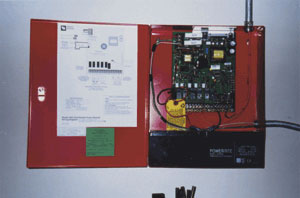
Photo 5. Typical fire alarm control panel monitor (FACP) for fire suppression system in information technology room.
Typically, Type DP-1 and -2 cables are used for a.c. power applications, whereas Type DP-3 is used for data transfer and other low voltage applications. DP-1 cable is rated 600 volts in conductor sizes 18 to 4/0 AWG copper or 12 to 4/0 AWG aluminum. DP-2 cable is rated 300 volts in conductor sizes 24 to 8 AWG copper or aluminum. The most common type, Type DP-3 cable, is provided in conductor sizes 30 to 10 AWG, but is restricted for use in circuits having a maximum available voltage of 30 volts rms/ 60 V d.c. that also meet the power limits associated with limited power circuits mentioned in Section 725-41(a). (See below for further discussion of limited power circuits.)
Although neither Section 300-22(d), Article 645 nor NFPA 75 designate the under-floor area of a computer room a plenum, use of plenum (P), riser (R), or general purpose (G) rated cable is permitted to be used in under-floor areas [645-5(d)(5)(c)]. These cables are identified by the P, R and G suffixes marked on the jacket of the listed cable.
Also, although the NEC does not designate the under-floor area of a computer room a plenum, some building codes designate this area as a plenum. For computer rooms impacted by these codes, the plenum classification sometimes will be waived by local AHJs if the computer room incorporates additional constructional features such that in the event of a fire all air circulation stops.
[For the year 2002, NEC CMP 12 is considering a proposal to revise 645-5(d) to require that all air circulation stop in a computer room if a fire is detected. Also, there has been some debate in the field whether the NEC allows for power supply cords originating from ITE above the floor to be routed below the raised floor to receptacles mounted underneath (e.g., server plugged into under-floor receptacle). CMP 12 is also considering a proposal to revise Section 645-5 to clarify this issue.] [See photo 3]
Grounding
As required by Section 645-15, UL 60950 requires mains-connected ITE to be either grounded (protectively earthed in IEC terminology) or double-insulated (Class II in IEC terminology—not NEC Class 2!). In practice most ITE found in computer rooms is grounded and is not double insulated.
Generally, the equipment grounding requirements for ITE intended for use in computer rooms are no different than the grounding requirements for other ITE. More specifically, for:
- equipment that is permanently connected to the supply, a terminal for equipment grounding is required, and the terminal intended for connection of the equipment grounding conductor is identified in accordance with Section 250-126. Although use of a green color terminal remains common, more commonly used is the IEC symbol for protective earthing (grounding), often described as an inverted Christmas tree in a circle (IEC 60417 Symbol No. 5019: );
- cord/cable connections, identification of the grounding conductor is usually accomplished by use of a conductor with an insulation covering that is either green, or green with one or more yellow stripes. The internal termination of the grounding conductor inside the ITE is usually marked with the same IEC grounding symbol described above.
There is one type of ITE unique to computer rooms and that has special grounding considerations—the stand-alone power distribution unit (PDU), often called a computer power center. PDUs are listed as ITE to UL 60950 and typically distribute power to one or more pieces of ITE in the computer room. Usually, they have a
- computer-style cabinet;
- cord/cable connection to a branch circuit supplied through a floor-mounted receptacle;
- a large internal isolation transformer and grounding system to improve safety and limit electrical emissions; and
- overcurrent protection for output wiring in the form of circuit breakers or supplementary protectors.
This type of equipment is noteworthy from a grounding/bonding perspective because Section 645-15 does not consider the secondary of the PDU’s isolation transformer a separately derived source for the purposes of applying Section 250-20(d). This provision is allowed because the function of stand-alone PDUs is basically the same as the function of the same construction that used to be, and sometimes is still, integral to the ITE. For PDUs, the isolation transformer, grounding, and distribution wiring simply have been removed from inside the ITE/computer and redesigned into a stand-alone ITE cabinet. This design allows for additional flexibility with the moving and configuring of ITE in the computer room
As part of their listing, listed PDUs are subjected to the same construction and performance requirements as other ITE evaluated to UL 60950. However, their isolation transformers and derived secondary circuits internal to the PDU are subjected to additional Article 250-based grounding requirements that have been adapted to be compatible with ITE. [See photo 4]
Equipment Disconnect
Section 645-11 requires uninterruptible power supply (UPS) systems with the capability of supplying more than 750 volt-amperes to have a disconnect means that disconnects all power to electronic equipment in the computer room in the event of an emergency. This requirement applies both to the equipment’s input and output circuits, and to any large capacity batteries associated with the equipment.
The disconnect for such equipment is required to allow for installation in accordance with Section 645-10. When activated, it must disconnect power to all electronic equipment and the dedicated HVAC system, and trigger fire/smoke dampers to close. The basic intent of this disconnect requirement is to provide for disconnection of all power sources in a computer room in the event of a fire so that fire fighting personnel may extinguish any fire with all electrical equipment de-energized.
Stand-alone UPS equipment are listed to ANSI/UL 1778, the Standard for Safety of Uninterruptible Power Sources. The UL product category associated with ANSI/UL 1778 is Uninterruptible Power Supply Equipment (YEDU). ANSI/UL 1778 also includes requirements based on Article 645 for any UPS that the manufacturer specifies is suitable for installation in a computer room.
Since some ITE also have internal battery power sources capable of supplying more than 750 volt-amperes, UL 60950 also includes requirements to address the Article 645 disconnect requirement. For battery circuits in individual ITE, an integral disconnect is required for all internal battery circuits capable of supplying more than 750 VA. However, UL 60950 allows for orderly shutdown of internal ITE circuits by permitting a five-minute period before full disconnect is required of all batteries inside the ITE.
To allow for connection of the ITE to the computer room’s disconnect system required by Section 645-10, ITE typically will be provided with either terminals or a connector for this connection. This interconnection from the equipment to the computer room disconnect at the computer room entrance may allow for field configuration because sometimes the ITE is installed in computer rooms established in accordance with Article 685, Integrated Electrical Systems, as is permitted by the Exception to Section 645-11. Article 685 does not require individual equipment to have an independent disconnect function if an orderly shutdown of a complete system of interconnected equipment is required to ensure safe operation of entire integrated electrical system (e.g., computer room in a chemical processing plant).
For the year 2002 NEC, CMP 12 has received several proposals and comments basically proposing that all disconnect requirements be removed from Article 645. The rationale was based largely on concern that false activation of disconnect switches could result in large economic hardship on businesses (e.g., banks) that rely on data processing centers/computer rooms. The CMP was to consider these proposals in depth at the December 2000 ROC meetings. [See photos 5 and 6]
Markings
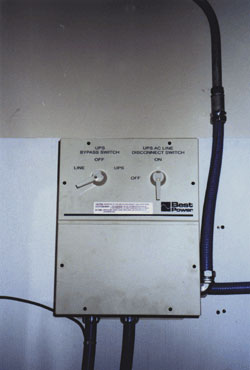
Photo 6. UPS By-Pass transfer switch for UPS system for ITE room.
Nameplate. Listed ITE is required by UL 60950 to have a nameplate marking that includes manufacturer’s name, voltage, frequency and maximum rated loads in amperes. This marking is compatible with the marking requirements of Section 645-16. The nameplate marking also includes the listing mark and typically is provided in a readily visible location on the outside surface of the equipment. However, this marking also is permitted to be in an operator accessible area if it is easily accessible after the equipment is installed.
Class 2/Limited Power Circuits. Input wiring terminals intended to be connected to, and powered by NEC Class 2 circuits are marked “Class 2,” as described in Sections 725-2, 725-41 and Tables 11(a) and 11(b). Similarly, output circuits/circuits supplying Class 2 power from the ITE are marked “Class 2.”
Additionally, all other output circuits and connectors are limited power circuits supplied by UL 60950 Limited Power Sources, unless (a) they are clearly telecommunication circuits (e.g., RJ-11 telephone jack), or (b) are marked, or otherwise identified in the installation instructions with the intended circuit type, cable type or specific equipment that is intended to be connected to the connector. Most ITE output circuits are limited power.
A limited power source is explicitly defined in UL 60950, and has parameters similar to the power limiting criteria described in Article 725 and Tables 11(a) and 11(b). Listed ITE with output circuits supplied by a limited power source are recognized by Section 725-41(a)(4) as being equivalent to Class 2 circuits for purposes of applying Article 725 Class 2 wiring requirements.
Exemptions. Some ITE covered under the Scope of UL 60950 are not intended for installation in computer rooms. In fact, some of this equipment cannot easily be designed to comply with Article 645-based listing requirements. For equipment that is not intended to be installed in computer rooms and therefore is not designed for it, manufacturers are permitted either to mark on the ITE, or prominently state in their installation instructions that the equipment is not to be installed in a computer room. However, most listed ITE is not marked or identified in this manner and does not have any limitation for installation in computer rooms.
Most UPSs have not been investigated for installation in computer rooms. UPSs that are listed to ANSI/UL 1778 and marked “Suitable for computer room applications,” or similar, are the only UPSs listed for installation in a computer room.
Telecommunications
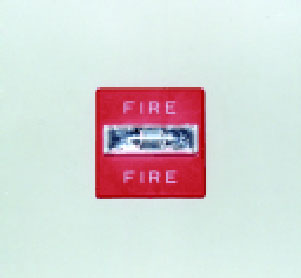
Photo 7. Fire alarm strobe light in information technology room
With the growth of the Internet and the widespread installation of communication systems a larger variety of equipment traditionally installed in telecommunication equipment closets are now being installed in computer rooms. Telecommunication equipment, as part of its listing to UL 60950 also is investigated for installation in accordance with Article 800, Communications Circuits, and Article 645.
Fire Protection
Several fire protection requirements apply to listed ITE intended to be installed in computer rooms that have their origin in NFPA 75.
- ITE with surface areas greater than 10 sq. ft (0.9 m2) or a single dimension greater than six feet (1.8 m) are required to have a flame spread rating of 50 or less when tested per either UL 723, ASTM E84, or ASTM E162.
- Automated information storage equipment intended to house large quantities of recorded media (e.g., tapes) inside them are required to be configured to allow installation of either an automatic sprinkler system or a gaseous agent extinguishing system inside the equipment when it is installed in the computer room. [See photo 7]
Summary
UL 60950 includes specific NEC-based requirements for ITE that may be installed in a computer room. As the NEC is revised, UL requirements are reviewed and updated, as needed. Therefore, AHJs can be confident that listed ITE has been investigated to comply with the NEC, including Article 645. Ultimately, AHJs approve listed ITE used in computer rooms after a determination is made that it is installed in accordance with the manufacturer-supplied markings and instructions, and the appropriate UL Guide Information, and after application of relevant articles of the NEC.
Excerpt from UL guide information for: Information Technology Equipment Including Electrical Business Equipment (NWGQ)
GeneralThis category covers equipment, appliances and systems rated 600 V or less normally found in offices and other business establishments, residences (homes), educational facilities, and other similar environments Classified as ordinary locations. Equipment in this category has been evaluated for installation in computer/data processing rooms as defined in Protection of Electronic Computer/Data Processing Equipment ANSI/NFPA 75, and Article 645 of the National Electrical Code, ANSI/NFPA 70, unless the equipment is otherwise identified by a marking or instruction. Equipment TypeEquipment may be electronic or electromechanical in design or a combination thereof. Various groupings of equipment are included for the manufacturers, such as: Information processing equipment: automated information storage equipment, central processing units (CPUs), disk drives, fiber optic transceivers, hand-held computers (personal assistants), lap-top computers, monitors, personal computers, plotters, printers, point-of-sale terminals, scanners, including portable bar-code scanners, tape drives, workstations. Telecommunication equipment: cellular site equipment, cordless telephone sets, facsimile machines, ISDN systems and telephones, modems, key telephone systems, private automated branch exchanges (PABXs), telephone answering machines, telephone sets, voicemail systems, wireless telephony systems…. Interconnecting cable assemblies: cable assemblies intended for use beneath raised floors of computer rooms. These assemblies also may be found under Computer Interconnection Cable Assemblies (DVPJ) in the Electrical Construction Equipment Directory…. This category also covers power distribution units (PDUs) and computer power centers, which are evaluated as part of the computer system for use exclusively in computer rooms in accordance with Article 645 of the National Electrical Code. This equipment is connected to branch circuits, and it distributes power to other units in the computer system by means of interconnecting cable assemblies complying with one or more of the wiring methods outlined in Article 645 of the National Electrical Code. Many of these units require special installation, such as a separate transformer, special grounding methods, motor generator equipment, air conditioning, etc. Such features are covered in the manufacturer’s installation instructions…. InstallationSome equipment has been evaluated for installation in a restricted access location, such as a dedicated equipment room or telecommunication equipment closet, where access is limited to trained service personnel. Such equipment is provided with a marking or installation instructions which state “To be installed only in a Restricted Access Location” or similar wording. If also intended for installation over a concrete or noncombustible surface, such equipment will also be marked “Suitable for mounting on concrete or other noncombustible surface only” or similar wording. Equipment installed in a restricted access location generally receives power from a centralized dc power source. If field wiring terminals are not contained in an internal compartment, both protection of exposed wiring terminals and wiring methods used for such equipment are intended to be provided in accordance with (1) markings on or instructions with the equipment, and (2) the provisions of Sections 110-18, 110-26, and 110-27 of the National Electrical Code…. When Listed equipment intended for use with a detachable power supply cord is not provided with such a cord, a cord suitable for connection of the equipment to the branch circuit is to be separately provided. Equipment intended to be installed in closed and multi-unit standard racks and cabinets has been determined to be suitable for use in ambient temperatures not exceeding the manufacturer’s recommended ambient temperature as specified in the equipment’s installation instructions. Output Connectors/CircuitsClass 2 circuits are marked “Class 2.” All other output circuits, including those associated with the Universal Serial Bus (USB) and IEEE 1394 bus, are limited power circuits supplied by UL 1950 limited power sources, unless:
Limited power circuits of listed ITE supplied by limited power sources are recognized by Section 725-41(a)(4) of the NEC as being equivalent to Class 2 circuits for purposes of applying Article 725 Class 2 wiring requirements…. RequirementsThe basic standards used to investigate products in this category are UL 60950 and UL 1950, “Safety of Information Technology Equipment.” UL MarkThe Listing Mark of Underwriters Laboratories Inc. on the product is the only method provided by UL to identify products manufactured under its Listing and Follow-Up Service. The Listing Mark for these products includes the UL symbol (as illustrated in the Introduction of this Directory) together with the word “LISTED,” a control number, and one of the following category identifiers: “UL 1950,” “Information Technology Equipment,” “NWGQ,” “I.T.E.,” or “Info. Tech. Equipment,” and may also include one of the following product names, as appropriate: “Copier,” “Modem,” “Paper Shredder,” “Personal Computer,” “Cordless Telephone” or another appropriate product name as shown in the individual Listing. The category identifier for field-installed accessories is provided with the additional word “ |


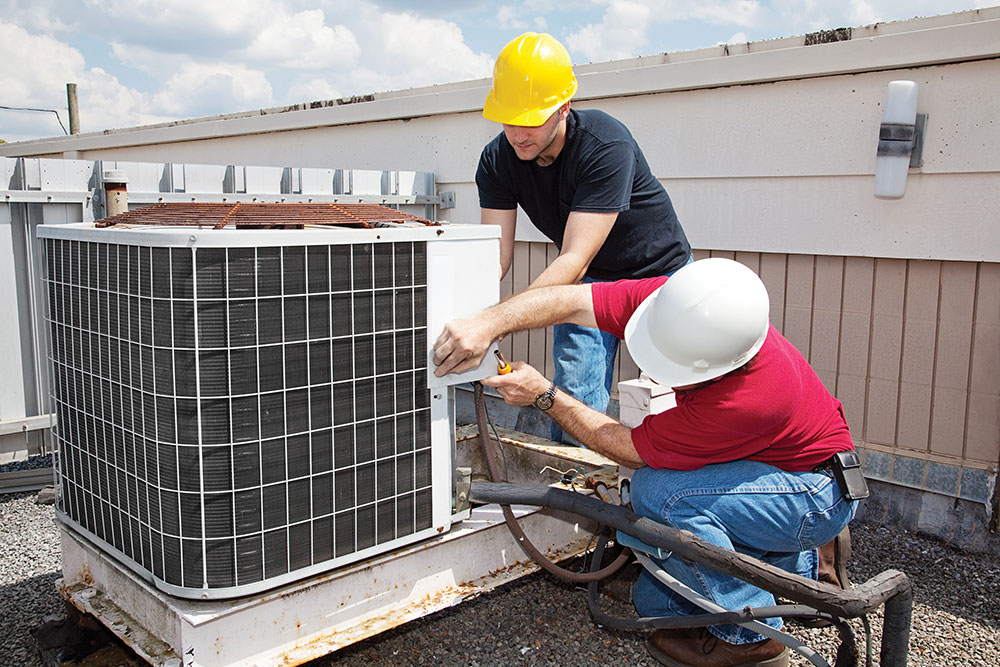

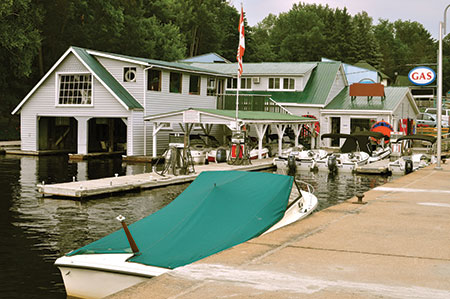


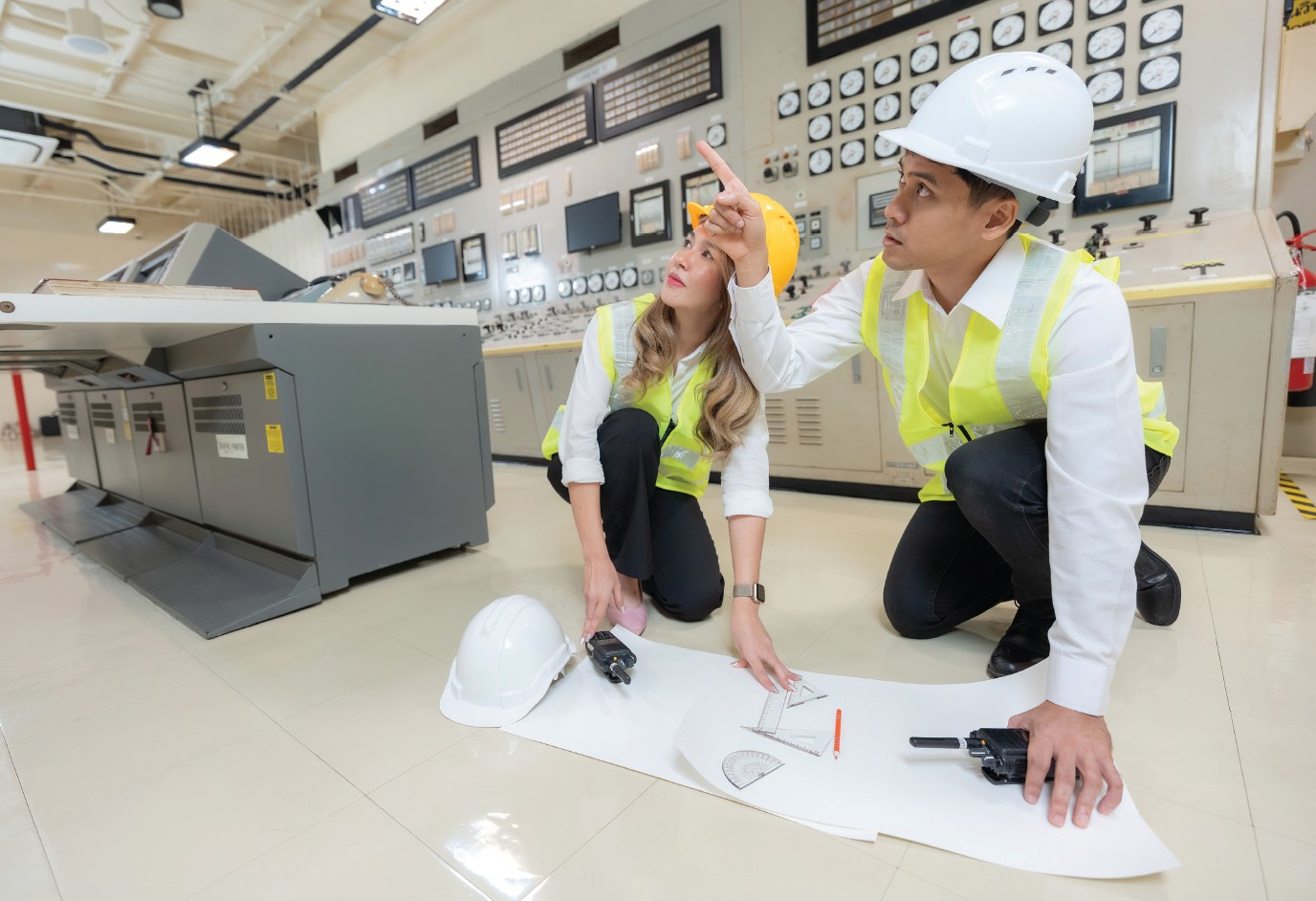

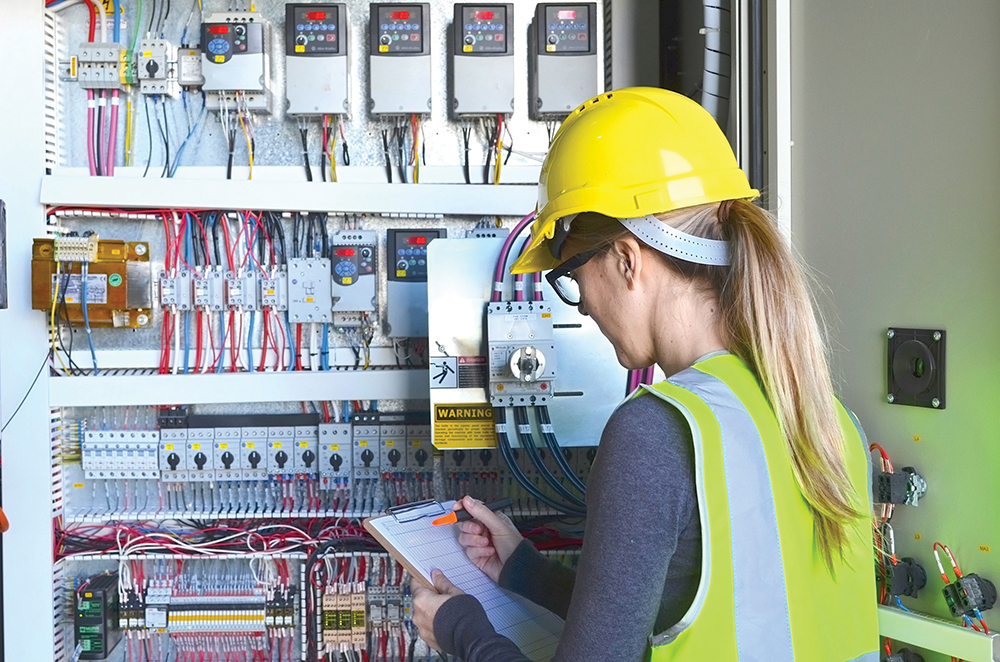
Find Us on Socials